#Ottoman Turkey
Explore tagged Tumblr posts
Text
Happy Independence Day: Bulgaria Celebrates 116th Anniversary since Declaration of Independence from Ottoman Turkey in 1908
This political cartoon on the cover of French periodical Le Petit Journal illustrates the Bosnian Crisis of 1908: Knyaz (King) Ferdinand (middle) of Bulgaria declares independence and becomes Tsar (Emperor), Austro-Hungarian Emperor Franz Joseph (L) annexes Bosnia and Herzegovina, while Ottoman Sultan Abdul Hamid looks on. Photo: Cplakidas, Wikipedia Bulgaria celebrates on Sunday, September 22,…
#Alexander Malinov#April Uprising#Austria-Hungary#Balkan Wars#Berlin Congress#Berlin Treaty#Bosnia and Herzegovina#Bosnian Crisis#British Empire#declaration of independence#Eastern Rumelia#First Balka War#Germany#Great Britain#Holy Forty Martyrs Church in Veliko Tarnovo#Independence Day#Januarius MacGahan#national holiday#National Revival#National Unification#Otto von Bismarck#Ottoman Empire#Ottoman Turkey#Ottoman yoke#Principality of Bulgaria#Russia#Russian Empire#Russian-Turkish War of 1877-1878#San Stefano Treaty#Second Balkan War
0 notes
Text

The Tortoise Trainer by Osman Hamdi Bey, 1906
4K notes
·
View notes
Text
花言葉 Language of flowers

花言葉の起源。
“18世紀 花言葉ビクトリア朝時代。
花言葉への関心が高まったその起源は、オスマン帝国時代にコンスタンティノープルの宮廷のチューリップに執着したことにあるそうです。
18世紀前半、植物学への関心の高まりと同時に、秘密のコミュニケーション手段として花が使用されました。
花と象徴的な定義を関連付けた最初に出版されたリストはジョゼフ ハマー -パーグストールの『花辞典』(1809年)であると思われるが、最初の花言葉辞典は1819年にルイーズ・コルタンベールがマダム・シャルロット・ド・ラ・トゥールというペンネームで執筆した『Le langage des』とされる。”
どこかの誰かが勝手に決めたことな���で、今に伝えられている花言葉を暗黙の共通言語にしなくても良いと思います。
悪い意味を持たされた花に
罪は無い。
1 note
·
View note
Text

Torah Ark Curtain from Ottoman Turkey, 19th century
481 notes
·
View notes
Text
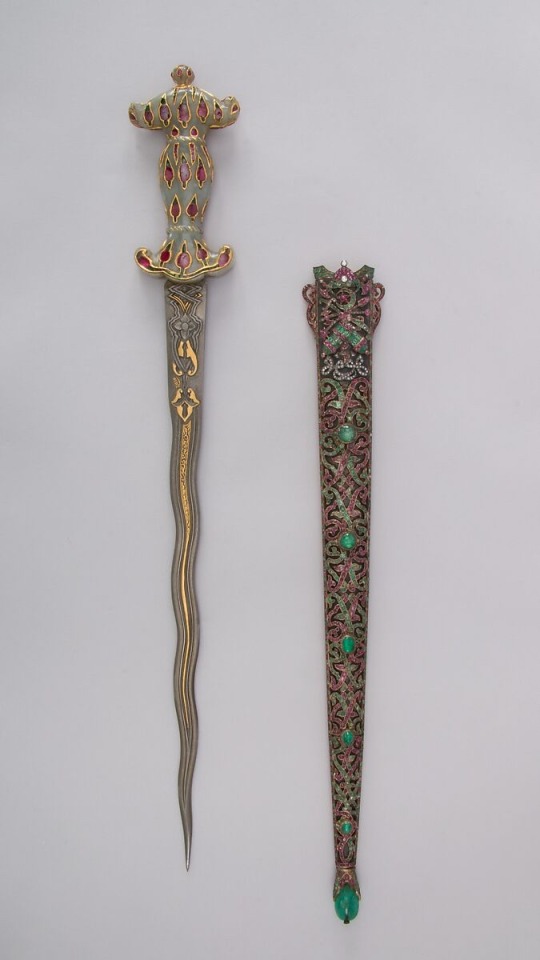
Dagger with Sheath | Turkish | 19th century | Met Museum
#daggers#dagger#blade#blades#knife#knives#sword#swords#knightcore#fantasy#turkish#turkey#ottoman empire
7K notes
·
View notes
Text


Hagia Sophia Grand Mosque by paandeli.
#hagia sophia#ayasofya#mosque#church#istanbul#turkey#türkiye#roman empire#ottoman#ottoman empire#greek orthodox#latin catholic#justinian#byzantine#alternative#aesthetic#dark academia#dark academic aesthetic#dark aesthetic#aestheitcs#dark#art#light acadamia aesthetic#light academia
467 notes
·
View notes
Text
Topkapı Sarayı 🌹🌹

#Topkapi Palace#Gate#Rose#Flowers#Walkway#Flag#Byzantine#Tower#Islamic#Art#Calligraphy#Tughra#Ottoman#Architecture#Museum#Cankurtaran#Istanbul#Turkey
174 notes
·
View notes
Text
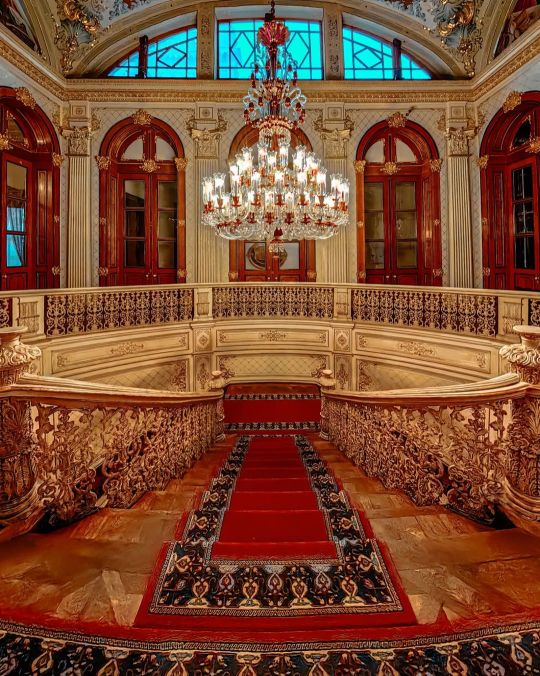
Dolmabahçe Palace, Istanbul, Turkey
#art#design#architecture#history#luxury lifestyle#style#luxury house#luxury home#istanbul#turkey#palace#dolmabahçe palace#ottoman#rococo#neoclassical#baroque#stairs#grand staircase#imperial
498 notes
·
View notes
Text
Selimiye Mosque, Edirne, Turkey: The Selimiye Mosque is an Ottoman imperial mosque, located in the city of Edirne, Turkey. It was commissioned by Sultan Selim II and was built by the imperial architect Mimar Sinan between 1568 and 1575. Wikipedia
#Selimiye Mosque#Ottoman architecture#Meydan#Mimar Sinan Cd#Edirne#Edirne District#Edirne Province#Turkey#Eurasia
131 notes
·
View notes
Text
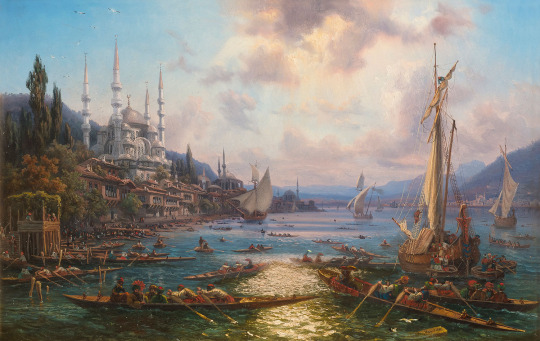
View of the Bosphorus, Istanbul by Auguste Étienne François Mayer
#auguste étienne françois mayer#art#bosphorus#bosporus#istanbul#mosque#islamic#muslim#boats#ships#clouds#sky#sea#marine art#maritime#ottoman#yeni mosque#eminönü#vessels#turkey#asia#europe#anatolia#thrace
172 notes
·
View notes
Text
Happy Unification Day: Bulgaria Celebrates 139th Anniversary since National Reunification of Principality of Bulgaria and ‘Eastern Rumelia’ in 1885
This rare postcard showcased by the National Museum of History in Sofia depicts the arrival of triumphant volunteer units in Plovdiv to support and celebrate the Unification of the Principality of Bulgaria and Eastern Rumelia on September 6, 1885. Photo: National Museum of History Bulgaria celebrates on Thursday, September 6, 2018, the 139th anniversary since the Unification of what is today…
#April Uprising#Austria-Hungary#Berlin Congress#Berlin Treaty#British Empire#Early Renaissance art#Eastern Rumelia#Germany#Great Britain#Januarius MacGahan#national holiday#National Revival#National Unification#Otto von Bismarck#Ottoman Empire#Ottoman Turkey#Ottoman yoke#Plovdiv#Principality of Bulgaria#Russia#Russian Empire#Russian-Turkish War of 1877-1878#Saedinenie#San Stefano Treaty#Serbian-Bulgarian War of 1885#UK#Unification Day
0 notes
Text

Calligraphic Galleon. Abd al-Qadir Hisari.
Ottoman Empire. 1767 CE.
Housed at the Metropolitan Museum of Art.
#calligraphic galleon#Abd al-Qadir Hisari#turkey#turkic#ottoman history#ottoman empire#ottoman#art#culture#literature#met#the metropolitan museum of art#the metropolitan#museum#modern history#early modern period#early modern history#naval history
116 notes
·
View notes
Text
Letter sent by Greek general Georgios Karaiskakis to Ottoman sultan Reşid Mehmed Pasha

To Reşid Mehmed Pasha, Kütahı in Athens
Fuck your faith and your Muhammed
What do you think you’re doing cuckholds….Don’t have no shame asking us to negotiate with a kodja shit sultan.
Mehmedite?
Let me shit on him, and your vizer, and that Jew Silihtar Boda, that bitch
If I live, I will fuck them, and if I die, they will fart on my dick.
The General
Georgios Karaiskakis
20 April 1827
#what did bro do#greek posts#greek tumblr#greek quotes#greek history#ottoman#ottoman empire#history#greece#turkey#turkiye#turkish#balkan#1800s#historical#artifact#hellenic#turkic#war
63 notes
·
View notes
Text

it is imp to remember that this is not about religion and the ethnic cleansing of artsakh proves this. all oppressive regimes are connected regardless of religion and that is why azerbaijan and israel have good relations. another example is saudi arabia having good relations with america and israel while also killing other muslims in yemen.
interestingly, like israel, saudi also uses religion to gain credibility (recently got holy mosque imam to give statement condemning boycotts and encouraging muslims to not be involved in the situation in palestine) and recruit muslim supporters from all over the world, while simultaneously killing/imprisoning muslim critics of the kingdom.
similarly, israel sells itself as a safe haven for jews and convinces jews around the world to migrate to israel while also simultaneously criminalizing antizionist jews all over the world, even suggesting that theyre not 'real jews' (reminiscent of takfirism which is a core part of saudi wahabi ideology) [ fun fact: the house of saud came into power in arabia with help from the british, just like the zionists in palestine! ]
oppressive regimes are directly connected and mirror each other in several ways. this is why liberation and resistance movements need to unite and work together across the world
#as long as u sell ur soul for capitalist profits and empire you will get the support of other colonialist and imperialist countries#regardless of religion#this is also a ksa hate acc btw lol fuck the saudis they should be deposed asap#there is no place for a king in any muslim state#the saudi kingdom has been illegitimate from the very beginning#free palestine#palestine#artsakh#armenian genocide is another example of a musslim ottoman empire committing a enocide against a christian minority#another thing that proves that religion doesnt matter in oppression: the muslim turkish state's treatement of the muslim kurdish minority#look it up!!!#and since all oppressive regimes r connected in one way or another - turkey also has relations with israel#gaza#death to israel#death to america#free kurdistan#uyghurs#kurds#armenians#free kashmir#india's treatment of kashmir and link that to india's support for israel#china may be somewhat opposed to israel or america but that does not absolve china's ethnic cleansing of uyghurs#east turkistan#east turkistan independence day is today btw!!
366 notes
·
View notes
Photo

1908 Ottoman Parliament Deputies Elections - NOTE: Colored in the Color of the Party with the Most Deputies in the Sanjaks. Independent dyeings are valid for starboards that are not deputies with any party. Example; If X banner 1 Ittihad and Progress - 3 Independent, this banner is painted red.
by bilalselim/reddit
47 notes
·
View notes
Text
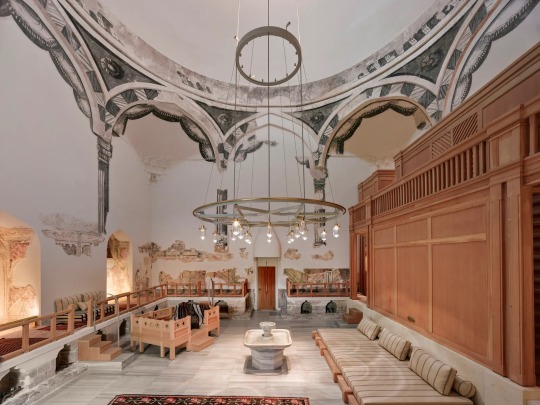
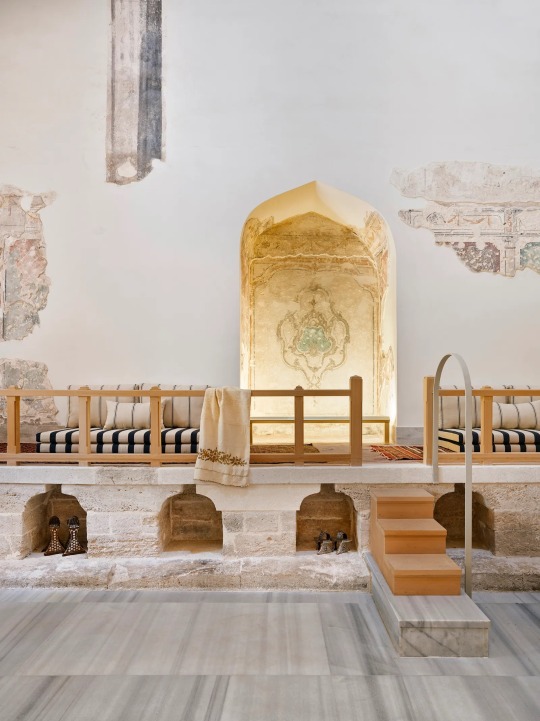

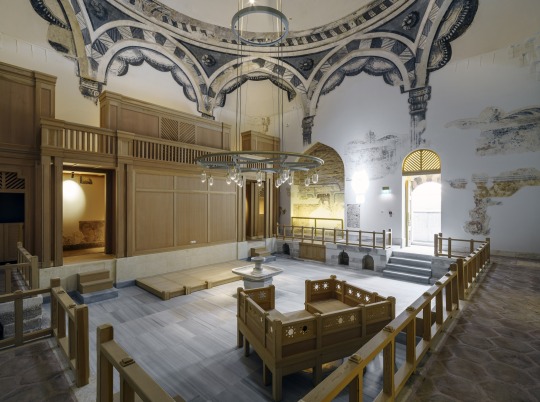

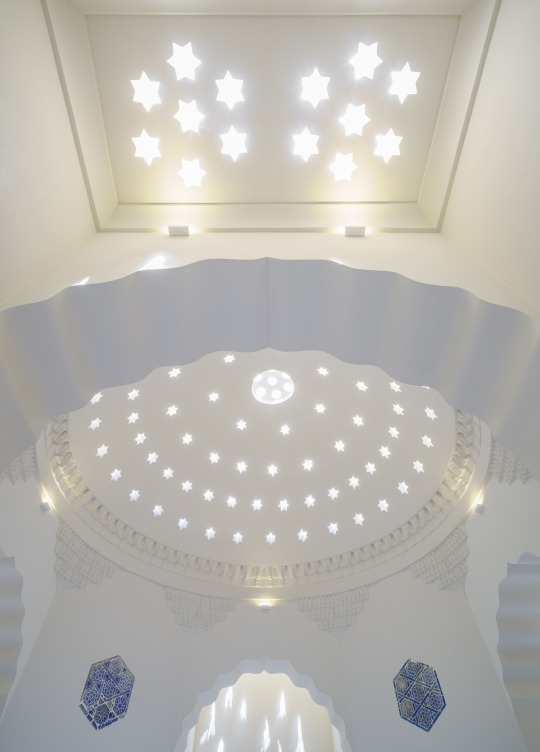

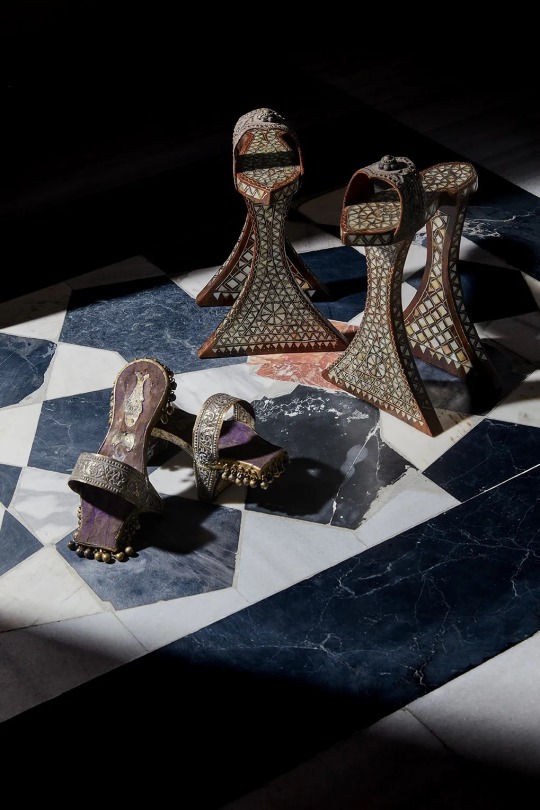
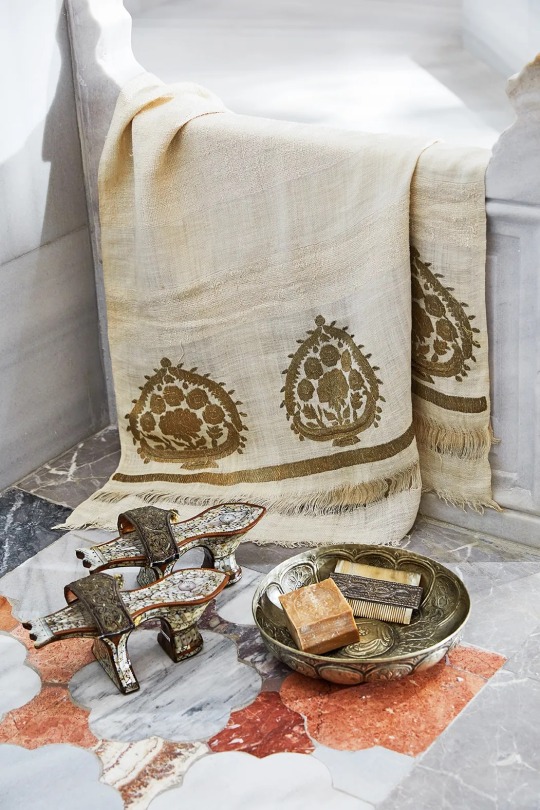

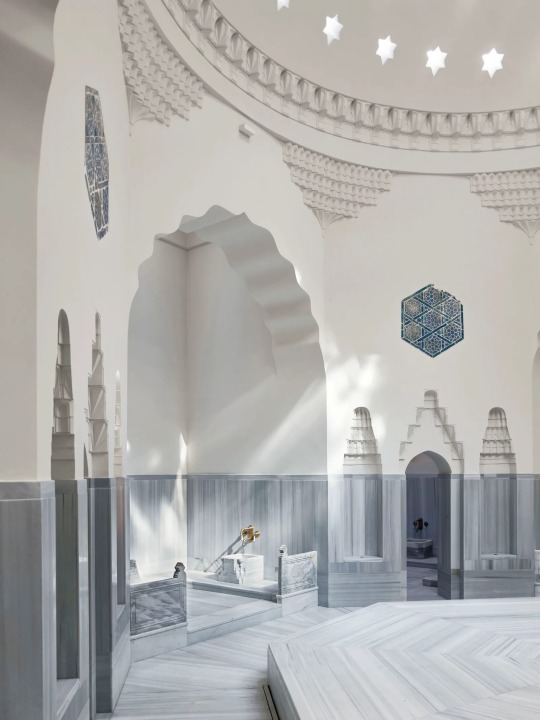
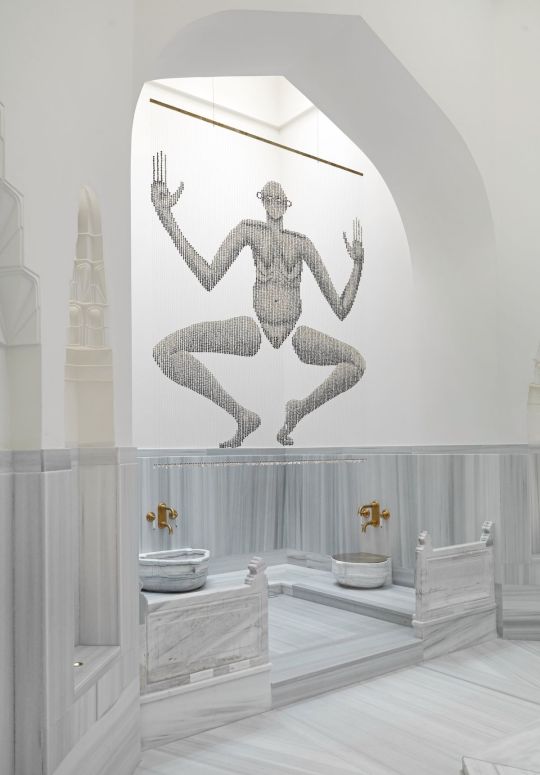
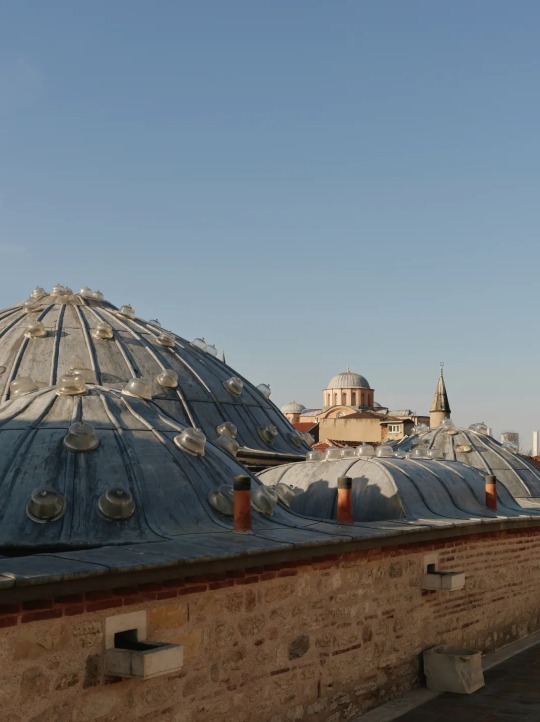
Zeyrek Çinili Hamam, Istanbul, Türkiye,
In Turkish, “çinili” translates to “tiled bath house.”
Mrs Koza Gureli Yazgan acquired an abandoned hamam in Istanbul’s historic yet overlooked Zeyrek district in 2010.
While freshening the place up, she kept unearthing priceless artifacts from Ottoman, Byzantine, and Roman times, soon discovering fragments of more than 3,000 vivid turquoise-blue ceramic tiles. More than 10,000 such tiles once adorned the building’s interior until a Parisian dealer sold the tiles to museums and private collectors around Europe as the hamam��sat dormant.
After more than 13 years of conservation, which involved restoring the tiles and wall paintings dating back to the 18th and 19th centuries, Mrs Gureli Yazgan is gearing up to reopen Çinili as a contemporary art venue on September 30.
A museum dedicated to Byzantine cisterns will occupy the lower levels, which feature newly uncovered wall carvings of boats suspected to have been made by slaves. When the baths aren’t offering full-service spa services, they’ll host a rotating art program that glimmers under the domed roof’s array of crescent-shaped skylights.
#art#design#architecture#minimal#interior design#interiors#hammam#turkey#istambul#gureli yazgan#cinilli#renovation#wellness#health and wellness#byzantine#ottoman#zeyrek#traditions#art venue#art space#citerns#museum
254 notes
·
View notes